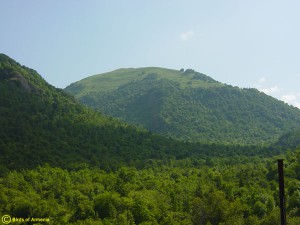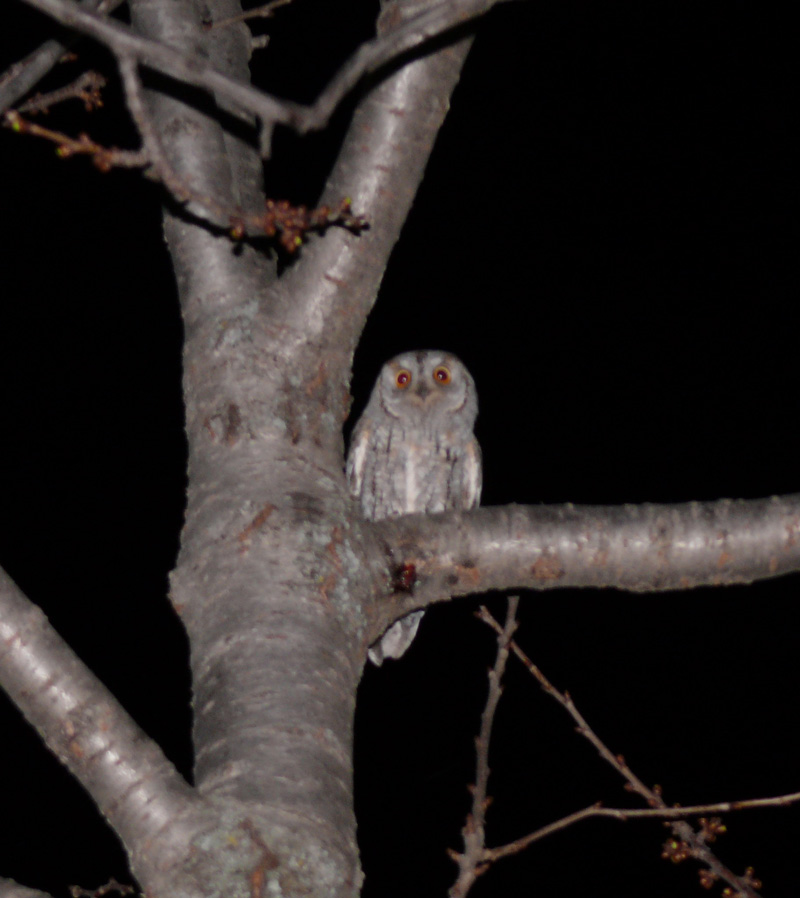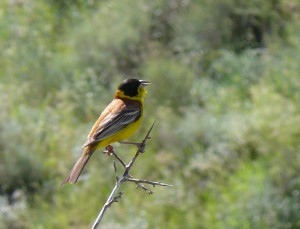Duration:
Birds of Armenia project
Quantum college
Each year Quantum College of Armenia organizes a military-patriotic camp for its students. In the year of 2004, a Natural Scientific branch was also launched in the camp where several students had a biological training.
The branch was created by a group of students with the support of the Quantum director Robert Vardanyan, and the supervisor of the Natural Sciences branch Levon Asatryan with direct participation and coordination of the employees of the Birds of Armenia Project. During the second quarter of 2004 seminars and regular weekly training on Avifauna of the Caucasus and particularly of Armenia were held. At the end of the year, we organized and carried out a biological practice for the elder students (those studying in the 8th and 9th grades). A decision was made to research the birds in Aghavnadzor. For this purpose, a field trip to Tsakhkunyats ridge was organized under the supervision of BOA project senior scientist Karen Aghababyan and a child/teenage tourism tutor of BOA Vladimir Shamenkov.


 The trip lasted for seven days during which the weather was mainly cloudy and rainy although it was also sunny for some short period of times. Right before the trip, the students had training preparing them for the practical work. The participants were introduced to the biologist field equipment, learned how to use binoculars and a telescope and were taught bird identification skills.
The trip lasted for seven days during which the weather was mainly cloudy and rainy although it was also sunny for some short period of times. Right before the trip, the students had training preparing them for the practical work. The participants were introduced to the biologist field equipment, learned how to use binoculars and a telescope and were taught bird identification skills.
During the first day, we passed across the ridge went out from a broad-leaved forest into a subalpine meadow and settled the first camp in the higher border of the birch grove. The next day we moved to another place for the camp since the first one was not really convenient. We found here a nest of a Great Tit (Parus major), built in a pipe of the pavilion where there were 5 rather grown-up nestlings.
In the result of the trip, 103 species of birds were identified 3 of which were identified in that region for the first time. It is the Pernis apivorus, Otus scops, which was found by its voice Emberiza melanocephala.


